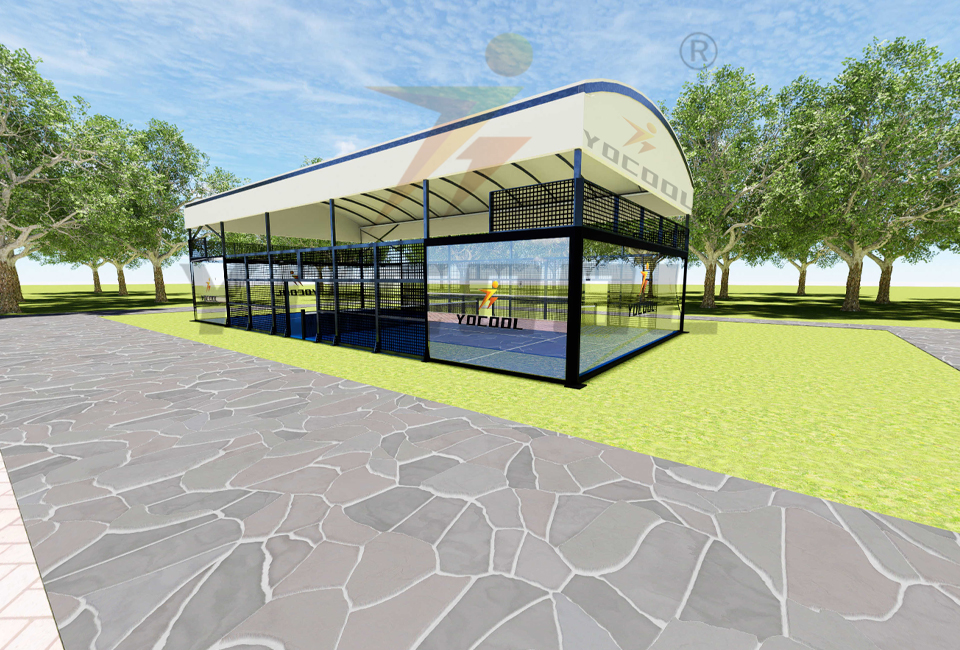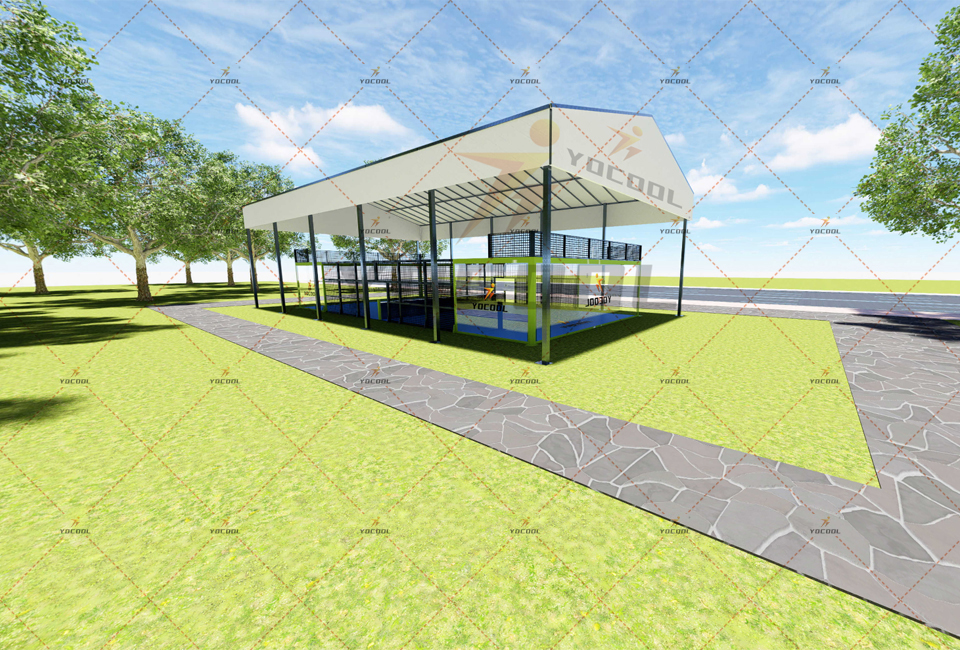Exploring the Dynamics of Padel Courts An Expert Guide

Padel, a thrilling blend of tennis and squash, has taken the sports world by storm, captivating leisure players and professional athletes alike. The epicenter of this sport is the padel court, a unique playing surface that distinguishes padel from its racquet sport relatives. With its growing popularity, understanding the intricacies of padel courts becomes crucial, not only for players but also for sports facility developers aiming to meet the burgeoning demand. Here, you'll find an expert exploration into the components, construction, and maintenance of padel courts, crafted with a detailed insight aimed to enhance the reader's experience and knowledge.
At its core, a padel court is designed to facilitate the dynamic and fast-paced nature of the sport. Standard courts measure 10 meters by 20 meters and are enclosed by glass walls and metal mesh, a setup that allows the ball to be played off the walls in a manner akin to squash. The court's surface is typically made of synthetic turf, chosen for its excellent traction and ability to withstand intense play. This material strikes a balance—providing enough grip for quick lateral movements while being forgiving on joints, akin to what players experience on a grass tennis court.

Building a padel court requires adherence to stringent regulations that ensure both player safety and gameplay quality. The walls, for instance, are constructed using high-strength tempered glass, with a requisite thickness of at least 10mm, offering durability and a clear view for spectators. Equally crucial is the lighting; adequate illumination enhances visibility, with courts commonly fitted with LED lights that minimize shadows and maintain consistent brightness across the playing area.
From an expertise standpoint,
the selection of materials is pivotal. The artificial turf used for the playing surface is often preferred in its sand-filled form, which aids in drainage and ensures consistent ball bounce. For the metal fencing, galvanized steel is typically employed due to its resilience against weathering and rust—a critical consideration for outdoor courts exposed to the elements.
padel court
Maintenance of a padel court is key to preserving its functionality and extending its longevity. Regular cleaning of the synthetic turf is necessary to prevent the accumulation of debris, which can affect ball behavior and player safety. Additionally, periodic inspection of the glass panels and metal framework ensures structural integrity, preventing any unforeseen incidents during play.
Authoritative bodies in the sport, such as the International Padel Federation, provide guidelines for the construction and maintenance of padel courts. These guidelines are essential not only for regulatory compliance but also for fostering player trust in the facilities they choose for training and competition. Engaging with certified padel court builders and consulting with industry experts ensures adherence to these standards, ultimately enhancing the court's credibility.
The surge in padel’s popularity has also seen technological advancements making their way into court design. Innovations such as adjustable lighting systems and smart court technology, which can track player movement and ball metrics, are being integrated into modern installations, offering an enriched playing experience.
In conclusion, the realm of padel courts combines a rich tapestry of technical specifications, regulatory compliance, and modern innovation. For enthusiasts, players, and facility developers, appreciating these elements enriches the relationship with the sport, ensuring that padel is played as intended—safely, fairly, and enjoyably. As the sport continues to spread globally, the expertise in constructing and maintaining padel courts will remain pivotal in supporting its growth and ensuring a consistent playing environment across the world.



